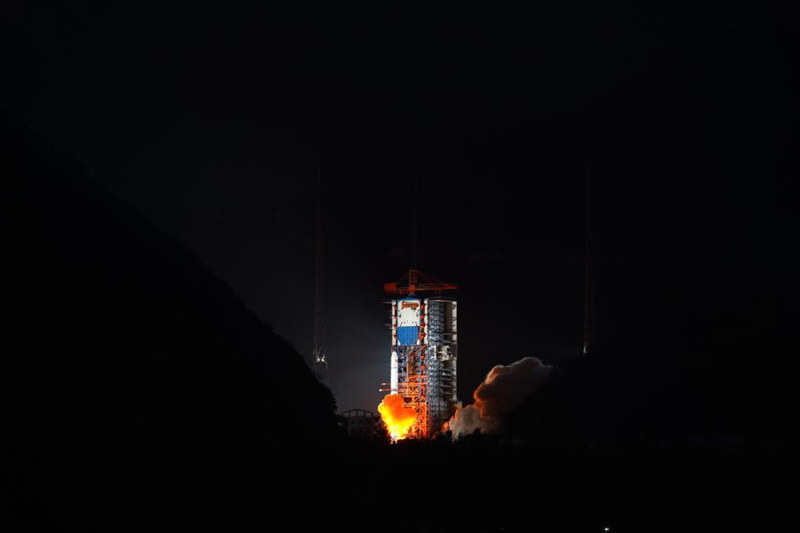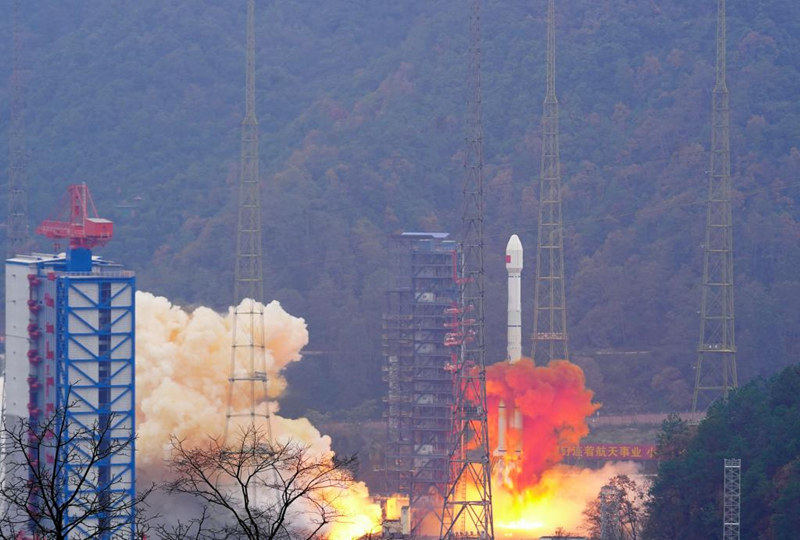
XICHANG, Feb. 4 -- China's Xichang space launch site, the inland launch site of the Xichang Satellite Launch Center, located in the southwestern Sichuan Province, on Saturday achieved a milestone with its 200th launch mission.
Carried by a Long March-2C carrier rocket, the 11 Geely-02 constellation satellites took off at 7:37 a.m. (Beijing Time) from the launch site, and entered the preset orbit.
This site conducted its first launch mission in 1984, which means it took 40 years to reach 200 -- currently the fastest of all launch sites in China to reach this milestone.
On April 8, 1984, a Long March carrier rocket carrying a Dongfanghong-2 experiment communications satellite blasted off at this site and successfully deployed the satellite in space, marking the first launch mission at this venue.
This launch site has since then been consistently contributing to China's aerospace industry with multiple landmark launch missions involving carrier rockets, satellites and other spacecraft, such as the Chang'e-1 lunar probe and the first BeiDou satellite.

China has three inland launch sites, namely the Jiuquan Satellite Launch Center in northwest China, the Taiyuan Satellite Launch Center in the north, and the Xichang launch site of the Xichang Satellite Launch Center in the southwest.
In addition, one coastal launch site, the Wenchang Spacecraft Launch Site, under the Xichang Satellite Launch Center, is located in south China's Hainan Province.
Established in 1970, the Xichang Satellite Launch Center is mainly responsible for launching geosynchronous-orbit satellites and other space launch missions from both its inland Xichang launch site and its coastal Wenchang launch site.
The Wenchang Spacecraft Launch Site has also carried out multiple major space launch missions, such as the maiden flight of China's new-generation high-thrust carrier rocket, the country's first planetary exploration mission, and the construction of China's space station.
Both Xichang and Wenchang launch sites under the Xichang Satellite Launch Center are capable of carrying out intensive space launch missions thanks to the center's determined efforts in pursuit of tech innovation and capability enhancement, according to the center.